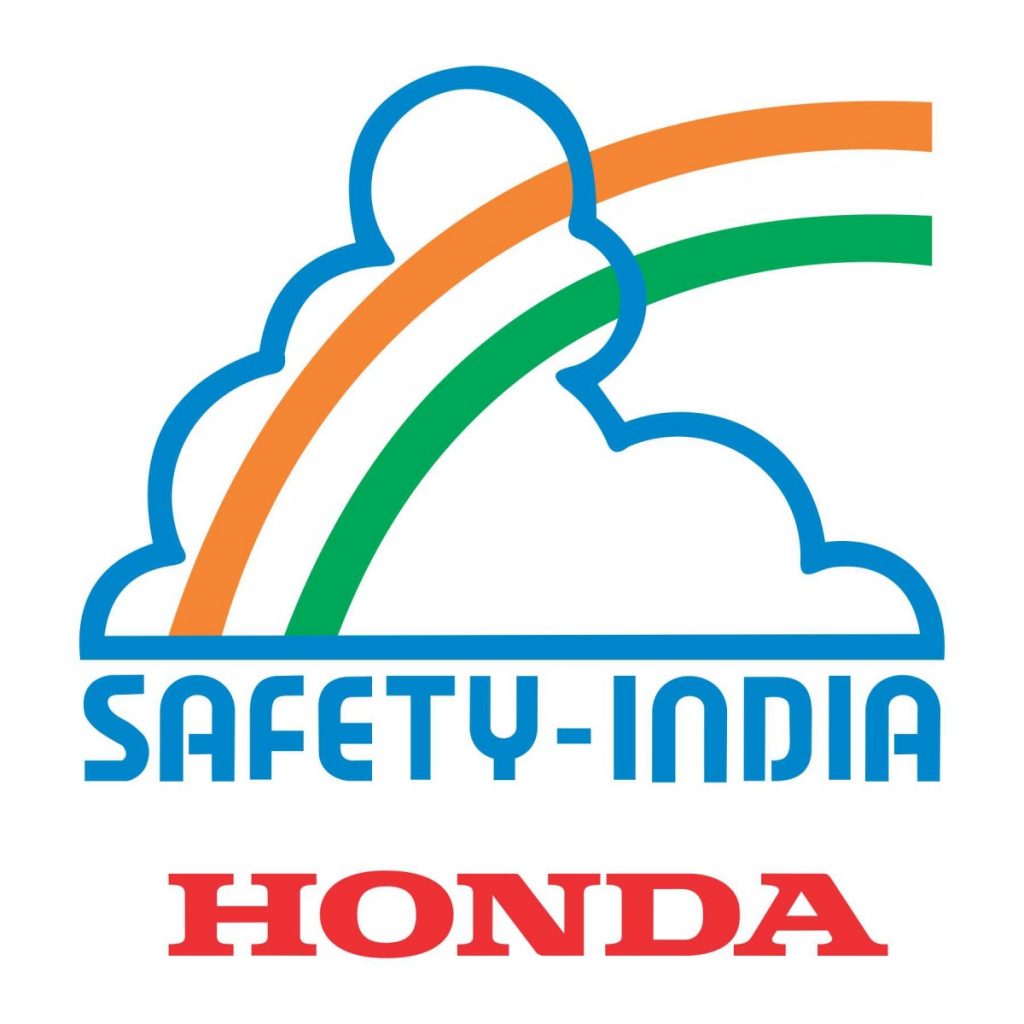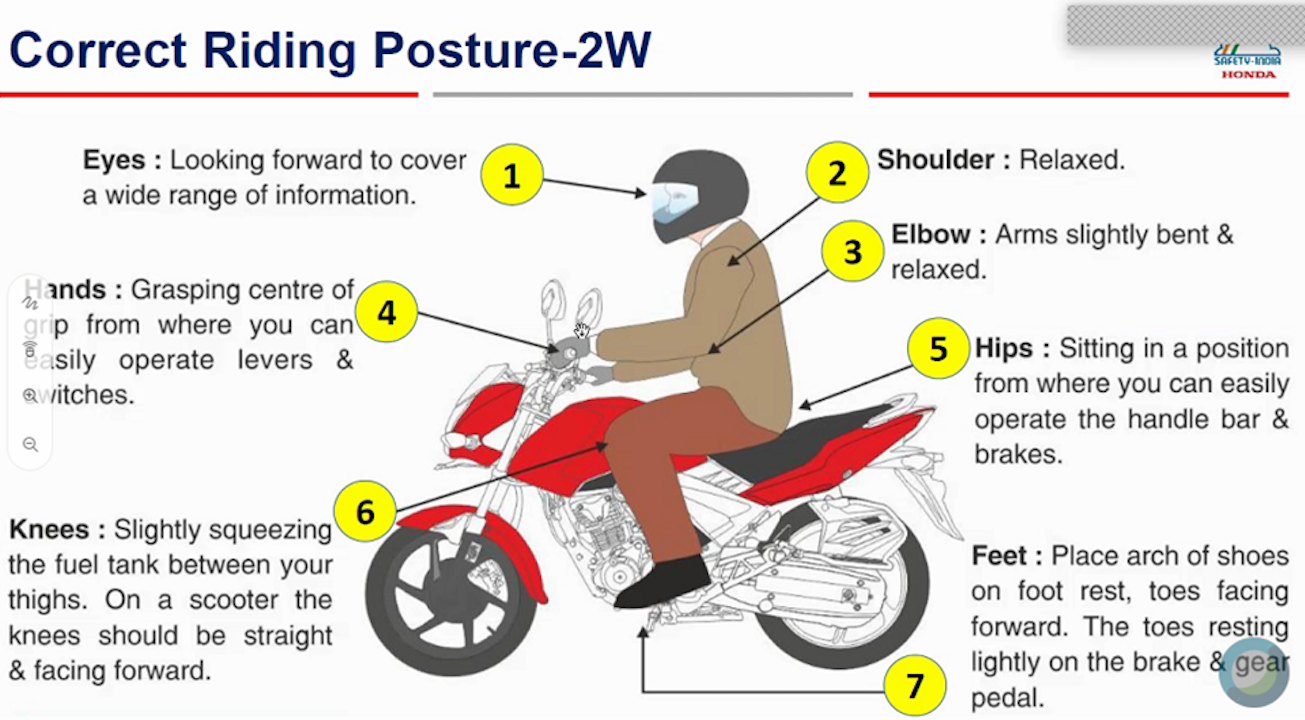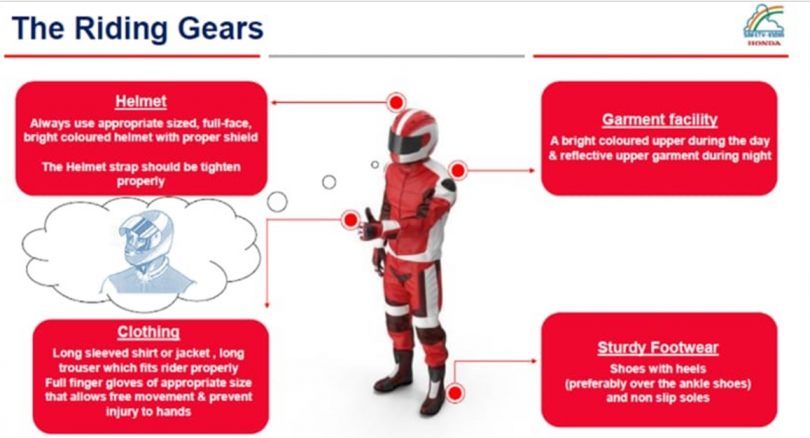Honda 2Wheelers India has announced that it has successfully educated 23,000+ NSS volunteers on road safety training ‘Honda Road Safety E-Gurukul’. Honda has been quite vocal about its initiative towards road safety ever since it started its operation here in India. In fact, Honda claims that it was the first automobile manufacturer to start road safety training globally and the 1st two-wheeler manufacturer to spread the awareness about road habits in India as well. Honda 2Wheelers is doing well in 2021 and registered 11% growth for the month of January 2021.
Honda’s Road Safety Initiative
As per statistics, India stands second in the total number of road accidents behind the United States of America though, India is first in the total deaths due to road accidents, this despite India’s highway being way slower than the United States. To impart the basic road safety training, Honda started its own ‘Honda Road Safety E-Gurukul’. Under this initiative, specialized road safety instructors digitally trained over 23,000+ National Service Scheme (NSS) volunteers of age 16 and above. This event had started in June 2020 and within just 8 months, Honda conducted its road safety programs covering over 200 colleges of 13 universities spread across 30+ towns and cities in India.
Included Towns and Cities
Honda 2Wheelers has briefly covered the Eastern region including, Dhanbad, Sambalpur, Midnapore, Gaya, Durg then moving on to west covering Ahmednagar, Nashik and Pune. Further, in the Southern region, Honda claims to cover Kannur, Trivandrum, Calicut, Ernakulam and Thrissur and Bilaspur, Gurugram, Udaipur and Delhi in the Northern region.
Key Learning Areas
The volunteers had a brief exchange of view on all the important road signs, rules and markings including the difference between mandatory, cautionary and informative signs. A detailed explanation regarding the use of traffic lights along with the definition of yellow, white and double lines was provided. The training also included discussion on the importance of maintaining the designated lane, use of footpaths and bicycle tracks, proper use of indicators and more.




